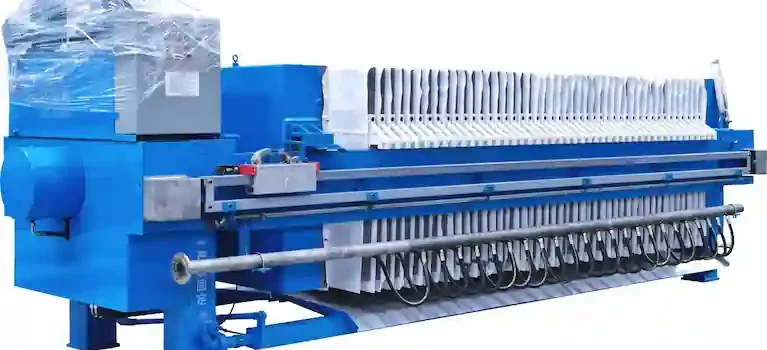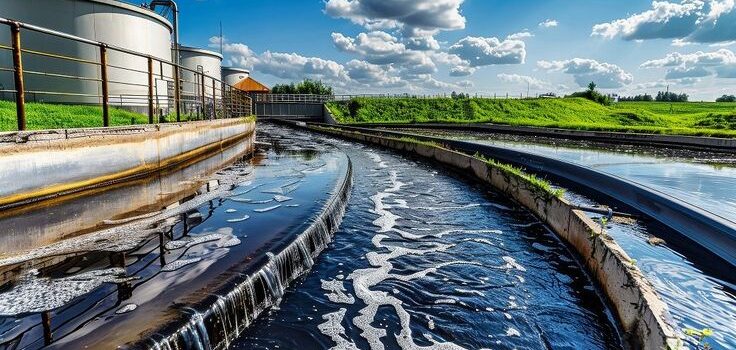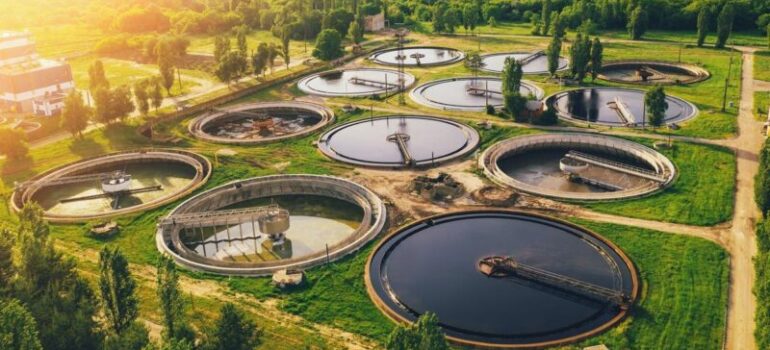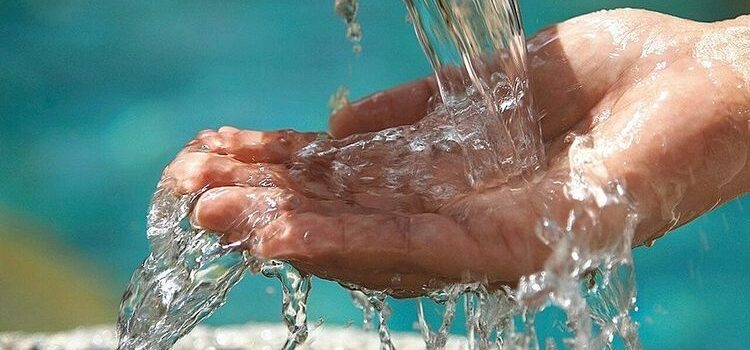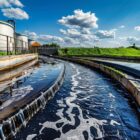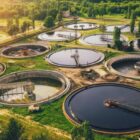Filter Press Machine: Transforming Sludge Management in Industries
Filter Press Machine: Transforming Sludge Management in Industries
Managing industrial sludge can be messy, time-consuming, and expensive but a Filter Press Machine makes it simple and efficient. This powerful device separates solids from liquids, turning wet sludge into a dry, compact filter cake that is easy to handle and dispose of. By reducing sludge volume, industries can save on disposal costs, improve operational efficiency, and maintain a cleaner workplace.
How It Works
The operation of a filter press is straightforward yet highly effective. Sludge is pumped into the machine and pressed between a series of filter plates. Water passes through the filter cloth and is discharged or reused, while the solids remain trapped as a compact filter cake. This process not only produces drier sludge but also allows the clarified water to be returned to the treatment system, making the process eco-friendly and sustainable.
Industries That Benefit
Filter presses are widely used in sectors such as food & beverage, dairy, chemical, and pharmaceutical industries. Any industry generating sludge can benefit from a filter press, as it helps boost efficiency, reduce environmental impact, and optimize wastewater treatment. The machine is also customizable, allowing it to handle different sludge types and varying capacities.
Why Choose a Filter Press
-
Reduce sludge volume → saves space and lowers disposal costs
-
Produce drier filter cake → easier to transport and handle
-
Reliable and adaptable → works with various sludge types
-
Eco-friendly → supports sustainability goals and cleaner operations
Investing in a filter press is a game-changer for industrial wastewater management. It ensures faster, cleaner, and more cost-effective sludge handling, helping industries operate more efficiently while staying environmentally responsible.


